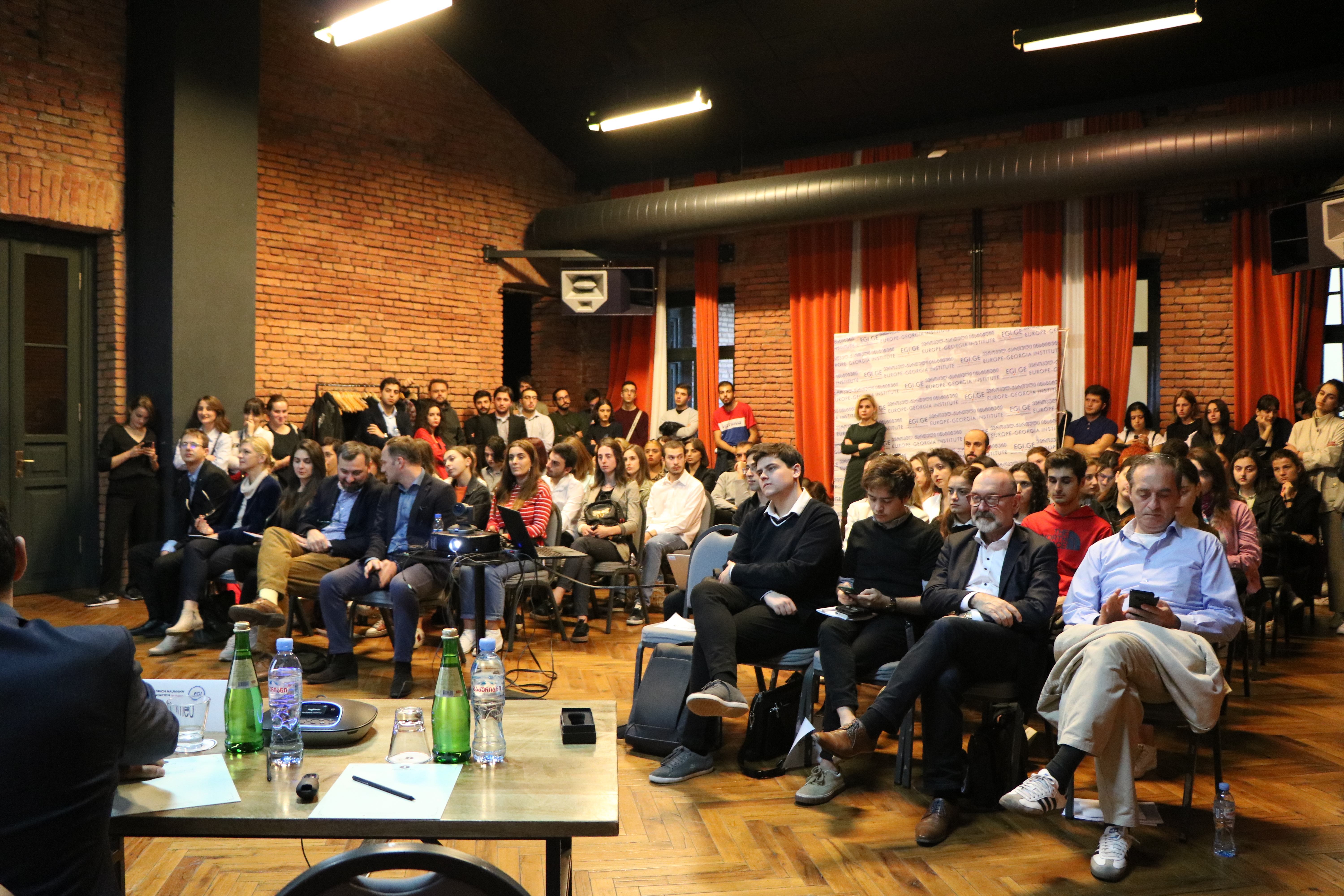|
X Prize Cup
The X Prize Cup is a two-day air and space exposition which was the result of a partnership between the X Prize Foundation and the State of New Mexico that began in 2004 when the Ansari X Prize, Ansari X-Prize was held. This led to plans to build the world's first true rocket festival. Three X-Prize Cups have been held: in 2005, 2006 and 2007. Each X Prize Cup hosts different events and demonstrations, such as rocket-powered bicycles, rocket jet packs; but particularly notable are the Lunar Lander Challenge and the Space Elevator Games. 85,000 visitors attended the 2007 X Prize Cup. Although there was no X Prize Cup in 2009, there was a Lunar Lander Challenge. Motivation This X Prize was first proposed by Dr. Peter Diamandis in an address to the National Space Society, NSS International Space Development Conference in 1995. The notion of a competitive goal was adopted from the SpaceCub project, demonstration of a private vehicle capable of flying a pilot to the edge of space ... [...More Info...] [...Related Items...] OR: [Wikipedia] [Google] [Baidu] |
X Prize Foundation
XPRIZE Foundation is a non-profit organization that designs and hosts public competitions intended to encourage technological development. The XPRIZE mission is to bring about "radical breakthroughs for the benefit of humanity" through incentivized competition. It aims to motivate individuals, companies, and organizations to develop ideas and technologies. The Ansari X Prize relating to spacecraft development was awarded in 2004, intended to inspire research and development into technology for space exploration. Background The first XPRIZE, the Ansari XPRIZE, was inspired by the Orteig Prize, a $25,000 prize offered in 1919 by French hotelier Raymond Orteig for the first nonstop flight between New York City and Paris. In 1927, underdog Charles Lindbergh won the prize in a modified single-engine Ryan aircraft called the Spirit of St. Louis. In total, nine teams spent $400,000 in pursuit of the Orteig Prize. In 1996, entrepreneur Peter Diamandis offered a $10-million p ... [...More Info...] [...Related Items...] OR: [Wikipedia] [Google] [Baidu] |
Flight
Flight or flying is the motion (physics), motion of an Physical object, object through an atmosphere, or through the vacuum of Outer space, space, without contacting any planetary surface. This can be achieved by generating aerodynamic lift associated with gliding flight, gliding or air propulsion, propulsive thrust, aerostatically using buoyancy, or by ballistics, ballistic movement. Many things can fly, from Flying and gliding animals, animal aviators such as birds, bats and insects, to natural gliders/parachuters such as patagium, patagial animals, anemochorous seeds and ballistospores, to human inventions like aircraft (airplanes, helicopters, airships, balloons, etc.) and rockets which may propel spacecraft and spaceplanes. The engineering aspects of flight are the purview of aerospace engineering which is subdivided into aeronautics, the study of vehicles that travel through the atmosphere, and astronautics, the study of vehicles that travel through space, and ballistics, ... [...More Info...] [...Related Items...] OR: [Wikipedia] [Google] [Baidu] |
Sputnik 1
Sputnik 1 (, , ''Satellite 1''), sometimes referred to as simply Sputnik, was the first artificial Earth satellite. It was launched into an elliptical low Earth orbit by the Soviet Union on 4 October 1957 as part of the Soviet space program. It sent a radio signal back to Earth for three weeks before its three silver-zinc batteries became depleted. Aerodynamic drag caused it to fall back into the atmosphere on 4 January 1958. It was a polished metal sphere in diameter with four external radio antennas to broadcast radio pulses. Its radio signal was easily detectable by amateur radio operators, and the 65° orbital inclination made its flight path cover virtually the entire inhabited Earth. The satellite's success was unanticipated by the United States. This precipitated the American Sputnik crisis and triggered the Space Race. The launch was the beginning of a new era of political, military, technological, and scientific developments. The word ''sputnik'' is Russian for ... [...More Info...] [...Related Items...] OR: [Wikipedia] [Google] [Baidu] |
Aviation
Aviation includes the activities surrounding mechanical flight and the aircraft industry. ''Aircraft'' include fixed-wing and rotary-wing types, morphable wings, wing-less lifting bodies, as well as lighter-than-air aircraft such as hot air balloons and airships. Aviation began in the 18th century with the development of the hot air balloon, an apparatus capable of atmospheric displacement through buoyancy. Clément Ader built the "Ader Éole" in France and made an uncontrolled, powered hop in 1890. This was the first powered aircraft, although it did not achieve controlled flight. Some of the most significant advancements in aviation technology came with the controlled gliding flying of Otto Lilienthal in 1896. A major leap followed with the construction of the '' Wright Flyer'', the first powered airplane by the Wright brothers in the early 1900s. Since that time, aviation has been technologically revolutionized by the introduction of the jet engine which enabl ... [...More Info...] [...Related Items...] OR: [Wikipedia] [Google] [Baidu] |
Crewed Spacecraft
This is a list of all crewed spacecraft types that have flown into space, including sub-orbital flights above 80 km, space stations that have been visited by at least one crew member, and spacecraft currently planned to operate with crews in the future. It does not contain spacecraft that have only flown uncrewed and have retired from service, even if they were designed for crewed flight, such as Buran, or crewed flights by spacecraft below 80 km. There is some debate concerning the height at which space is reached (the Karman Line): the Fédération Aéronautique Internationale (FAI) recognizes 100 km, while NASA and the USAF recognize this as 50 miles (approx 80 km). Since the first crewed spaceflight of Vostok 1 in 1961 there have been 13 types of spacecraft that have made crewed flights into space – nine American, three Russian, and one Chinese. There are currently five operational crewed spacecraft, which form the first part of the list below; the ... [...More Info...] [...Related Items...] OR: [Wikipedia] [Google] [Baidu] |
Non-governmental Organization
A non-governmental organization (NGO) is an independent, typically nonprofit organization that operates outside government control, though it may get a significant percentage of its funding from government or corporate sources. NGOs often focus on humanitarian or social issues but can also include clubs and associations offering services to members. Some NGOs, like the World Economic Forum, may also act as lobby groups for corporations. Unlike international organizations (IOs), which directly interact with sovereign states and governments, NGOs are independent from them. The term as it is used today was first introduced in Article 71 of the UN Charter, Article 71 of the newly formed United Nations Charter in 1945. While there is no fixed or formal definition for what NGOs are, they are generally defined as nonprofit entities that are independent of governmental influence—although they may receive government funding. According to the United Nations Department of Global Communic ... [...More Info...] [...Related Items...] OR: [Wikipedia] [Google] [Baidu] |
Prize
A prize is an award to be given to a person or a group of people (such as sporting teams and organizations) to recognize and reward their actions and achievements.Prize definition 1, The Free Dictionary, Farlex, Inc. Retrieved August 7, 2009. Official prizes often involve monetary rewards as well as the fame that comes with them. Some prizes are also associated with extravagant awarding ceremonies, such as the Academy Awards. Prizes are also given to publicize noteworthy or exemplary behaviour, and to provide incentives for improved outcomes and competitive efforts. In general, prizes are regarded in a positive light, and their winners are admired. However, many prizes, ... [...More Info...] [...Related Items...] OR: [Wikipedia] [Google] [Baidu] |
United States Dollar
The United States dollar (Currency symbol, symbol: Dollar sign, $; ISO 4217, currency code: USD) is the official currency of the United States and International use of the U.S. dollar, several other countries. The Coinage Act of 1792 introduced the U.S. dollar at par with the Spanish dollar, Spanish silver dollar, divided it into 100 cent (currency), cents, and authorized the Mint (facility), minting of coins denominated in dollars and cents. U.S. banknotes are issued in the form of Federal Reserve Notes, popularly called greenbacks due to their predominantly green color. The U.S. dollar was originally defined under a bimetallism, bimetallic standard of (0.7734375 troy ounces) fine silver or, from Coinage Act of 1834, 1834, fine gold, or $20.67 per troy ounce. The Gold Standard Act of 1900 linked the dollar solely to gold. From 1934, its equivalence to gold was revised to $35 per troy ounce. In 1971 all links to gold were repealed. The U.S. dollar became an important intern ... [...More Info...] [...Related Items...] OR: [Wikipedia] [Google] [Baidu] |
Space Technology
Space technology is technology for use in outer space. Space technology includes space vehicles such as spacecraft, satellites, space stations and orbital spaceflight, orbital launch vehicles; :Spacecraft communication, deep-space communication; :Spacecraft propulsion, in-space propulsion; and a wide variety of :Spaceflight technology, other technologies including support infrastructure equipment, and procedures. Many common everyday services for Earth, terrestrial use such as weather forecasting, remote sensing, satellite navigation systems, satellite television, and some long-distance communications systems critically rely on space infrastructure. Of the sciences, Outline of astronomy, astronomy and Outline of earth science, Earth science benefit from space technology. New technologies originating with or accelerated by space-related endeavors are often subsequently exploited in other economic activities. History of space technology The first country on Earth to put any techno ... [...More Info...] [...Related Items...] OR: [Wikipedia] [Google] [Baidu] |
Centennial Challenges
The Centennial Challenges are NASA space competition inducement prize contests for non-government-funded technological achievements by American teams. Origin NASA's Centennial Challenge Program (CCP) directly engages the public at large in the process of advanced technology development that is of value to NASA's missions and to the aerospace community. CCP offers challenges set up as competitions that award prize money to the individuals or teams to achieve the specified technology challenge. The prize contests are named "Centennial" in honor of the 100 years since the Wright brothers' first flight in 1903. The Wright Brothers' pioneering inventions embody the spirit of the challenges. The Centennial Challenges are based on a long history of technology prize contests, including the Longitude prize (won by John Harrison), the Orteig Prize (won by Charles Lindbergh), the Ansari X PRIZE (won by Scaled Composites), and the DARPA Grand Challenge (won by Stanford University in 2005 a ... [...More Info...] [...Related Items...] OR: [Wikipedia] [Google] [Baidu] |
NASA
The National Aeronautics and Space Administration (NASA ) is an independent agencies of the United States government, independent agency of the federal government of the United States, US federal government responsible for the United States's civil list of government space agencies, space program, aeronautics research and outer space, space research. National Aeronautics and Space Act, Established in 1958, it succeeded the National Advisory Committee for Aeronautics (NACA) to give the American space development effort a distinct civilian orientation, emphasizing peaceful applications in space science. It has since led most of America's space exploration programs, including Project Mercury, Project Gemini, the 1968–1972 Apollo program missions, the Skylab space station, and the Space Shuttle. Currently, NASA supports the International Space Station (ISS) along with the Commercial Crew Program and oversees the development of the Orion (spacecraft), Orion spacecraft and the Sp ... [...More Info...] [...Related Items...] OR: [Wikipedia] [Google] [Baidu] |








